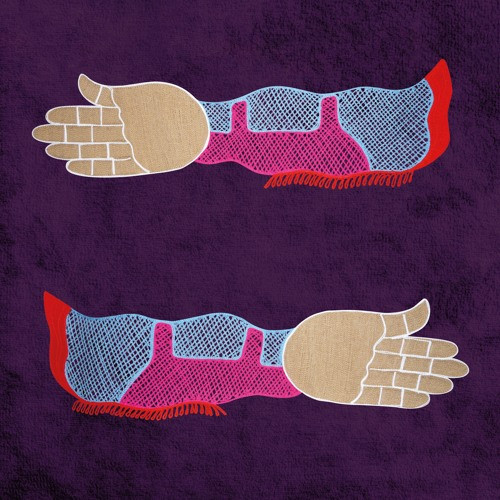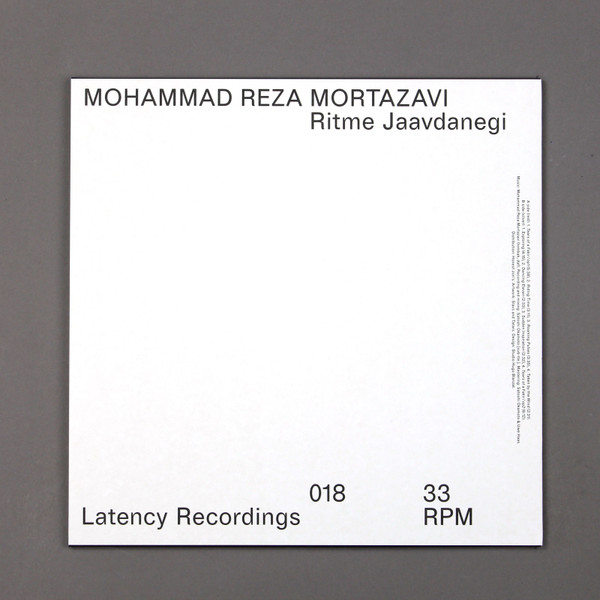ALL RIGHTS RESERVED © CG
Open today: 10:00 - 16:00
1 / 0
Mohammad Reza Mortazavi
Ritme Jaavdanegi



Artists
Labels
Catno
LTNC018
Formats
1x Vinyl LP
Country
Release date
Oct 22, 2019
Genres
Styles
$48*
*Taxes included, shipping price excluded
Like new!
A1
Tears Of A Fakir/ op1
5:38
A2
Riding Time
3:11
A3
Roaming Pulses
3:35
A4
Taken By The Wind
2:31
B1
Exploring
4:15
B2
Dancing Eleven
2:33
B3
Sudden Inspiration
2:32
B4
Tears Of A Fakir/ op2
6:12
Follow us
Browse
HomeCatalogueLoginServices
Shipping & Returns PolicyTerms and conditions




